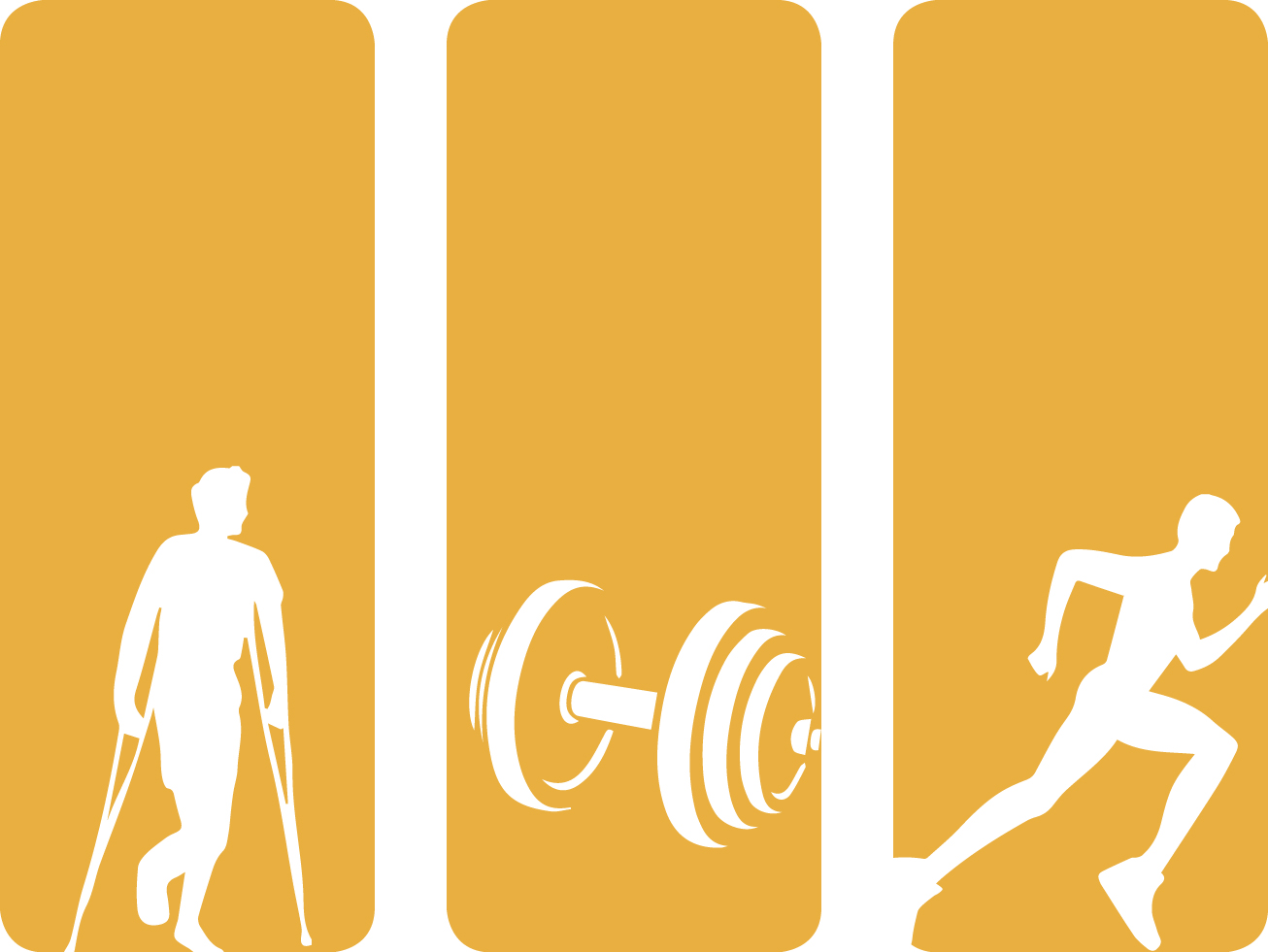I sprained my ankle, what do I do?
While playing basketball last week in North Toronto I sprained my ankle pretty badly (ouch!). Although I have the knowledge and training to deal with my injuries appropriately, that didn't change the fact that it hurt! With this in mind, I decided to write a basic guide to this injury for those who might not know exactly what to do. I'm going to talk about inversion ankle sprains specifically but much of this advice could be applied to any soft tissue injury.
What is an inversion ankle sprain?
Your ankle moves in 4 basic motions, dorsiflexion and plantar flexion are when you pull your toes up and down respectively. Inversion and eversion are when you move your foot inwards and outwards respectively. An inversion injury occurs when you "roll" your ankle inwards beyond its natural and normal range of motion. This can happen many ways, stepping off of a street curb partially, landing on someones' foot when jumping etc. This can result in a sprain (partial or complete tearing of the lateral ligaments of the ankle), strain (partial or complete tearing of one or more of the muscles of the lateral ankle and lower leg), or fracture (partial or complete breaking of one or more of the bones of the ankle). Assuming you haven't fractured a bone you likely have a combination of a sprain and strain of the soft tissue of the lateral ankle. If you think you have a fracture you should see a Medical Doctor or Nurse Practitioner for consideration of an x-ray. The Ottawa ankle rules are the standard for determining the need for an x-ray. http://www.ohri.ca/emerg/cdr/docs/cdr_ankle_poster.pdf
It may be difficult to apply and interpret these rules on your own ankle so if in doubt go see a Medical Clinician.
So let's say you're sure its not broken, now what? You may have heard some snaps or pops when you rolled your ankle which is a pretty good sign that you have done damage to some ligaments or muscles. You will likely notice some swelling around the lateral aspect (outside) of your ankle. This is the normal and natural response to a soft tissue injury known as inflammation. Inflammation gets a bad rap but its a necessary process in the healing cycle. The problem with inflammation is that the body tends to overdo it and swelling that sticks around for a long time and doesn't leave the injured area ends up hindering the healing process. You may have heard that you should ice an injury to decrease swelling. This is true but ice is not the best weapon you have in your bag. When you tear ligaments and muscles they bleed. Would you put ice on a cut on your arm to stop the bleeding? Probably not! Hopefully you would put direct pressure on the cut to stop the bleeding and that is exactly what you should do with your ankle. If you can use compression and ice at the same time along with elevating the injury above the level of your heart, that is ideal. A tensor bandage is great for applying pressure, if you can find some foam to cut into horseshoes, this is even better.
If you can't remember all of this you can use this acronym PIER - Pressure Ice Elevation Rest.
Inflammation usually lasts for about three days, during this time use only cold, no heat yet. If you're unsure if your ankle is still inflamed put your bare hands on your ankle and feel for excess heat. If it's hot and red then it's inflamed. Do not use heat on inflamed tissues. Ice for 20 minutes on and 40 minutes off as much as possible and keep the pressure on. Try not to wrap your ankle so tight that you cut off circulation. While the wrap is on press your toe nails and they should turn white and then back to red quickly. If they stay white for more than a few seconds your wrap is too tight.
During this inflammatory period try to move your ankle through as much pain free range of motion as you can a few times a day. If it is painful to move actively then just use your hands to move it around in a pain free manner for a few minutes every few hours. You're just trying to maintain as much range of motion as you can right now, the more you can maintain now, the less work you'll have to do later.
Ok thats it for now, 3 days or so of PIER and pain free range of motion. Next post I will talk about what to do after the inflammation stage is over.

